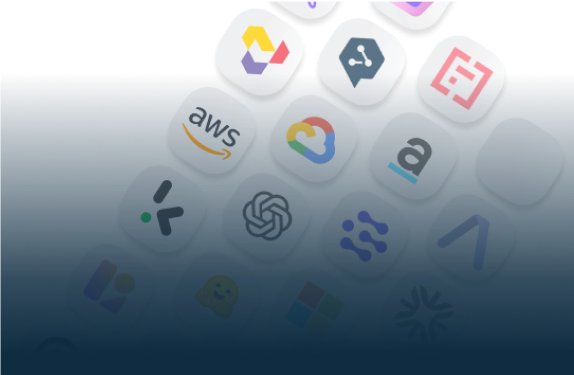
Start Your AI Journey Today
- Access 100+ AI APIs in a single platform.
- Compare and deploy AI models effortlessly.
- Pay-as-you-go with no upfront fees.
.png)
In this article, we are going to see how we can easily integrate a Machine Translation engine in your project and how to choose and access the right engine according to your data.
In 1951, Yehoshua Bar-Hillel was the first researcher in Machine Translation. He began his research at MIT. A Georgetown University MT research team followed with a public demonstration of its Georgetown-IBM experiment system in 1954.
During the 60s, researchers continued to study MT but real progress was really slow.
Beginning in the late 1980s, as computational power increased and became less expensive, more interest was shown in statistical models for machine translation. MT became more popular after the advent of computers. Various computer based translation companies were launched, including Trados.
By 1996, MT on the web started with SYSTRAN offering free translation of small texts (1996) The second free translation service on the web was Lernout & Hauspie’s GlobaLink. More innovations during this time included MOSES, the open-source statistical MT engine (2007), a text/SMS translation service for mobiles in Japan (2008), and a mobile phone with built-in speech-to-speech translation functionality for English, Japanese and Chinese (2009).
In 2012, Google announced that Google Translate translates roughly enough text to fill 1 million books in one day.

Machine Translation (MT) or automated translation is a process when a computer software translates text from one language to another without human involvement. There are three types of machine translation methods: rule-based, statistical and neural networks. urrent machine translation software often allows for customization by domain or profession, improving output by limiting the scope of allowable substitutions.
You can use Machine Translation in numerous fields, here are some examples of common use cases:
When you need a Machine Translation engine, you have 2 options:
The only way you have to select the right provider is to benchmark different providers’ engines with your data and choose the best translation that combines different provider's engines results. You can also compare prices if the price is one of your priorities, as well as you can do for rapidity.
This method is the best in terms of performance and optimization but it presents many inconveniences:
Here is the code in Python (GitHub repo) that allows to test Eden AI for face detection:


Eden AI also allows you to compare these engines directly on the web interface without having to code:


There are numerous Machine Translation engines available on the market: it’s impossible to know all of them, to know those who provide good performance. The best way you have to integrate Machine Translation technology is the multi-cloud approach that guarantees you to reach the best performance and prices depending on your data and project. This approach seems to be complex but we simplify this for you with Eden AI which centralizes best providers APIs.
Here is where Eden AI becomes very useful. You just have to subscribe and create an Eden AI account, and you have access to many providers engines for many technologies including Machine Translation. The platform allows you to benchmark and visualize results from different engines, and also allows you to have centralized cost for the use of different providers.
Eden AI provides the same easy to use API with the same documentation for every technology. You can use the Eden AI API to call Machine Translation engines with a provider as a simple parameter. With only a few lines, you can set up your project in production:
You are a solution provider and want to integrate Eden AI, contact us at: contact@edenai.co


You can start building right away. If you have any questions, feel free to chat with us!
Get startedContact sales
